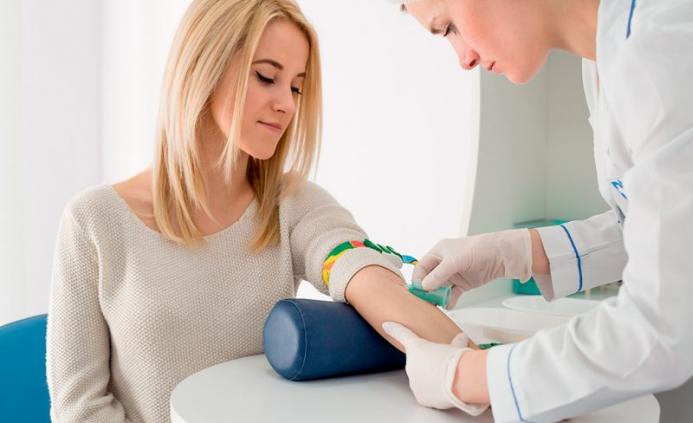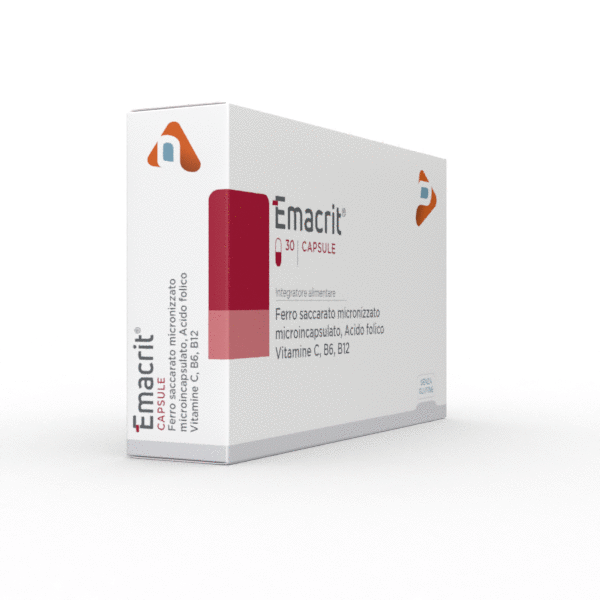Blood donation, regulated by correct frequency and modality, does not cause damage to the donor’s health, such as for example the onset of pathologies such as iron deficiency anemia, however it may lead to a progressive decrease in iron deposits over time, especially in women at a young age or in subjects taking low amounts of iron with the diet. It is therefore important that the donor treats a healthy and varied diet, possibly resorting to supplementation with appropriate doses of iron when the control of blood values shows a deficiency. In this case, supplementation with B vitamins, with its energizing and restorative power, is also useful: Vitamin B12, in particular, stimulates the production of healthy red blood cells, which instead decrease in the presence of insufficient iron levels.
What is iron for?
An indispensable element of the organism, essential for cellular metabolism and aerobic respiration, iron is a micronutrient that must be taken daily to maintain an adequate state of health. The body, in fact, requires iron first for the synthesis of two important proteins: hemoglobin, which allows the transport of oxygen to the tissues, and myoglobin, appointed to fix oxygen inside the muscles. Other functions of iron concern the formation of heme enzymes and other enzymes involved in the transfer of electrons and of oxidation-reduction reactions that affect the functionality of all organs.
How much iron does the body need and when should it be integrated? The daily recommended doses for iron intake through the diet are around 12-18 milligrams a day, taking into account that of this amount only about 10 percent is actually absorbed, enough to replace the iron lost through the cells of the intestinal mucosa, menstruation in women and other losses. Normally, the total body iron in an adult male is equal to 3,000-4,000 milligrams, while in women it is called 2000-3000 milligrams. Almost two-thirds of the iron in the body is found in the hemoglobin of circulating erythrocytes, while the remaining iron is stored in the liver, in the macrophages of the reticuloendothelial system and in bone marrow, mainly in the form of ferritin.
Iron is found in multiple foods, of animal and plant origin. But while heme iron, obtained mainly from animal sources (lean red meats, turkey, chicken and fish such as tuna, cod, salmon) can be efficiently absorbed from the intestine, non-heme iron made from cereals, legumes, and vegetables is more difficult to absorb. In cases of reduced intake or insufficient bioavailability, the use of supplements can be useful.


